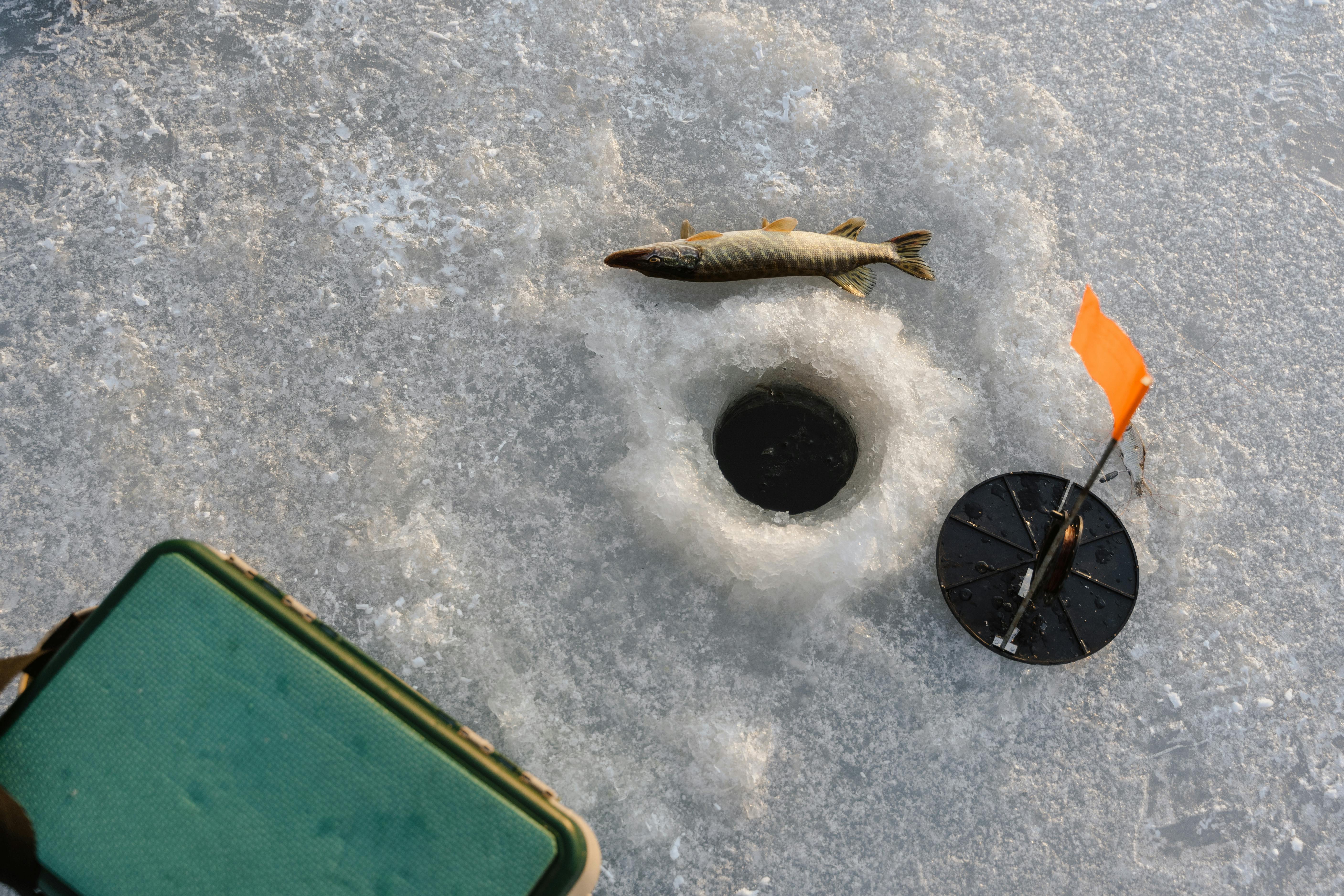Many bakers ask for tips and instructions for decorating cookies. Well, that’s a tall order because there are as many ways to decorate cookies as there are cookies. Here are some guidelines for beginners and experienced bakers alike to help you come up with your own kitchen decorating ideas.
DECORATE COOKIES BEFORE BAKING
Cookies can be decorated before baking with materials that will withstand the heat of baking. Some things you can put on your cookies before baking are:
-colored sugars or natural sugars such as pearl sugar
-jimmies, non-pareils, silver and gold sprinkles and other sprinkles
-raisins and dried fruits such as blueberries
-walnuts
These items can be placed on top of almost any cookie to garnish it a bit and give it a more festive look.
paint a masterpiece
You can also paint your cookies before you bake them. Make an edible food paint with an egg yolk mixed with a few drops of food coloring and paint the cookies with a clean brush. The paint will dry as it bakes, giving the cookie a colorful, glazed appearance. This is a fun activity for kids!
a bit of trompe l’oeil
The folks at Better Homes and Gardens have a creative recipe for colored cream dough ( [http://www.bhg.com/bhg/story.jhtml?page=2&storyid=%2Ftemplatedata%2Fbhg%2Fstory%2Fdata%2F11429.xml&catref=SC1407] listen)) which is a dough of icing consistency that can be piped onto cookies with a piping bag fitted with a writing tip or star, and then baked. The result is a cookie that looks like it has been frosted but the frosting is baked and hard.
DECORATE COOKIES AFTER BAKING
Decorating cookies after they’re baked requires you to apply some type of liquid substance that will adhere to the baked cookie or act as a glue to hold other elements together. Usually this takes the form of icing, frosting, or melted chocolate.
frosting vs. Ice formation
There is a big difference between frosting and icing. The frosting is thick and shaped like rosettes and shells like you see on the edges of a birthday cake. It stays soft to the touch and has a creamy texture, and most people think it tastes better because of the creamy, buttery flavor. Frosting, on the other hand, is a thinner, runnier substance, and as it dries, it thins, becomes very smooth on the surface of the cookie, and hardens. This is the icing on the cake for the most beautiful and professional results.
working with icing
You can use the frosting in two ways. One way is to simply use a knife or rubber spatula to spread the icing all over the surface of the cookie. The other way is to pipe the icing into a piping or decorating bag fitted with a small tip and pipe thin lines or rosettes of icing onto the cookie. Either way, once the icing has been applied to the cookie, you can further embellish it by using colored, raw sugars or any of the decorating items mentioned in the Decorating Before Baking section above. Christmas-Cookies.com has a delicious recipe for buttercream frosting at http://www.christmas-cookies.com/recipes/recipe.php?recid=306. See Better Homes and Gardens’ detailed piping icing instructions at [http://www.bhg.com/bhg/story.jhtml?page=3&storyid=%2Ftemplatedata%2Fbhg%2Fstory%2Fdata%2F11430.xml&catref=SC1407]
working with icing
Icing is a little more difficult to work with, but its smooth surface produces the most beautiful results! Frosting should always be placed on top of a cookie because it will run off the edges if spread with a knife. Once frozen, you can apply silver sprinkles or other sprinkles as mentioned above with the frosting before it hardens. Christmas-Cookies.com has an excellent Royal Icing recipe at http://www.christmas-cookies.com/recipes/recipe.php?recid=42. There is also a powdered sugar icing recipe ( http://www.christmas-cookies.com/recipes/recipe.php?recid=288 ) which dries less than royal icing and has a shiny surface. Martha Stewart’s website features an excellent article on icing cookies for professional-looking results (http://www.marthastewart.com/page.jhtml?type=content&id=channel172011&catid=cat258).
melted chocolate
Almost any cookie can be decorated simply by dipping it in chocolate or drizzled with chocolate. You can even garnish your everyday chocolate chip cookie to give as gifts or serve at parties. Melting chocolate is a simple process, but a few rules must be followed to make it a success. For Easter, try using pastel-tinted white chocolate with food coloring. Use gel, paste, or powder food coloring, as liquid drops can make chocolate taller.
What do you need
You can use chocolate chips or baking chocolate (the kind that comes in 1-ounce squares) and the same process applies whether you’re using dark chocolate or white chocolate. A small amount of shortening should be added in a ratio of 2 tablespoons shortening to 1 cup chopped chocolate chips or baking chocolate.
double boiler
Place the chocolate and shortening in the top half of a double boiler or in a metal bowl that has been placed on top of a saucepan filled with hot water. The water should be very hot, but not boiling, because the steam generated by the boiling water could introduce moisture into the melted chocolate and cause it to curdle. Let the chocolate melt over the hot water, stirring occasionally until it reaches a runny consistency.
microwave
Place the chocolate and shortening in a microwave-safe bowl and microwave on medium power for 1 minute. Remove. Continue microwaving for 20 seconds, stir again. Keep doing this until the chocolate is almost melted. Remove from microwave and stir until completely melted.
immersion
Dip one end of your cookie, or half of the cookie, or even the entire cookie in the melted chocolate. Place the cookie on a rack so that the chocolate hardens. If you like, you can sprinkle chopped pecans, coconut, or walnuts on top of the melted chocolate before it hardens.
drizzle
Scrape melted chocolate into a ziplock baggie. Using sharp scissors, cut a very small corner of the baggie. Drizzle tops of cookies with zig-zags of melted chocolate. Chill until chocolate is set.
Using these simple techniques will help you produce a variety of beautiful cookies at Christmas and throughout the year.
Copyright 2004 Mimi Cummins. All rights reserved.
